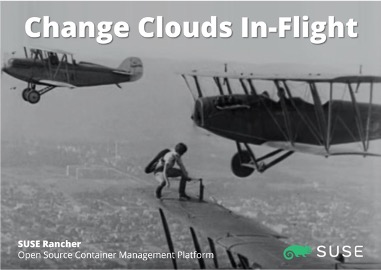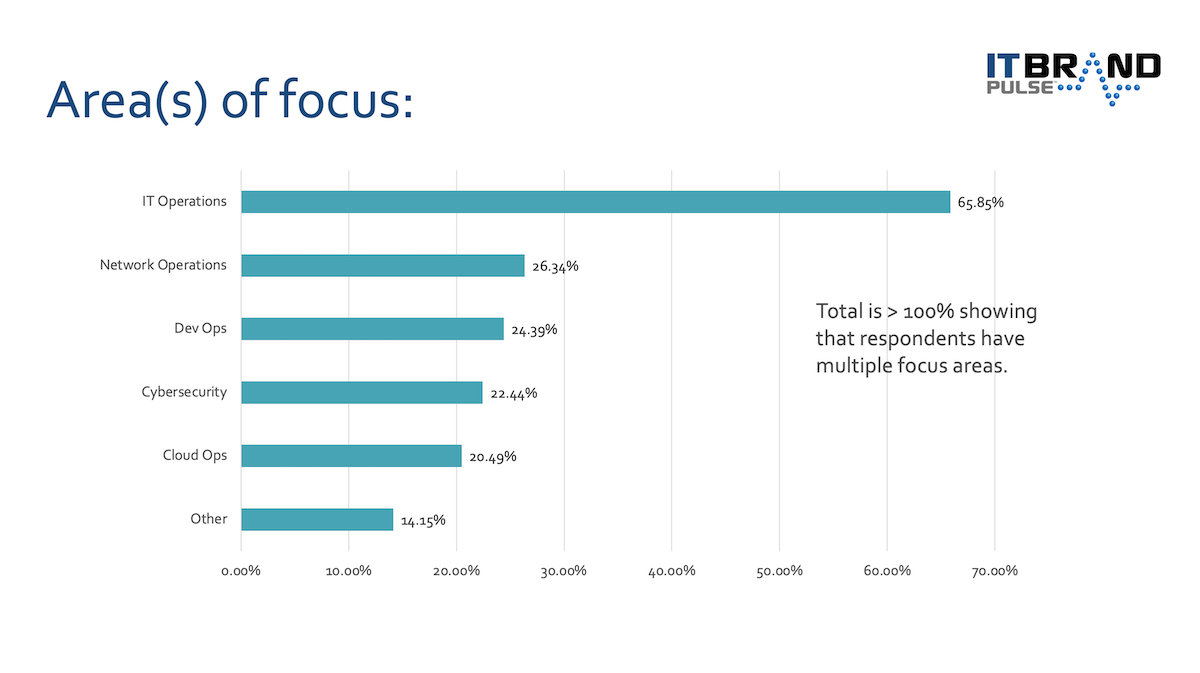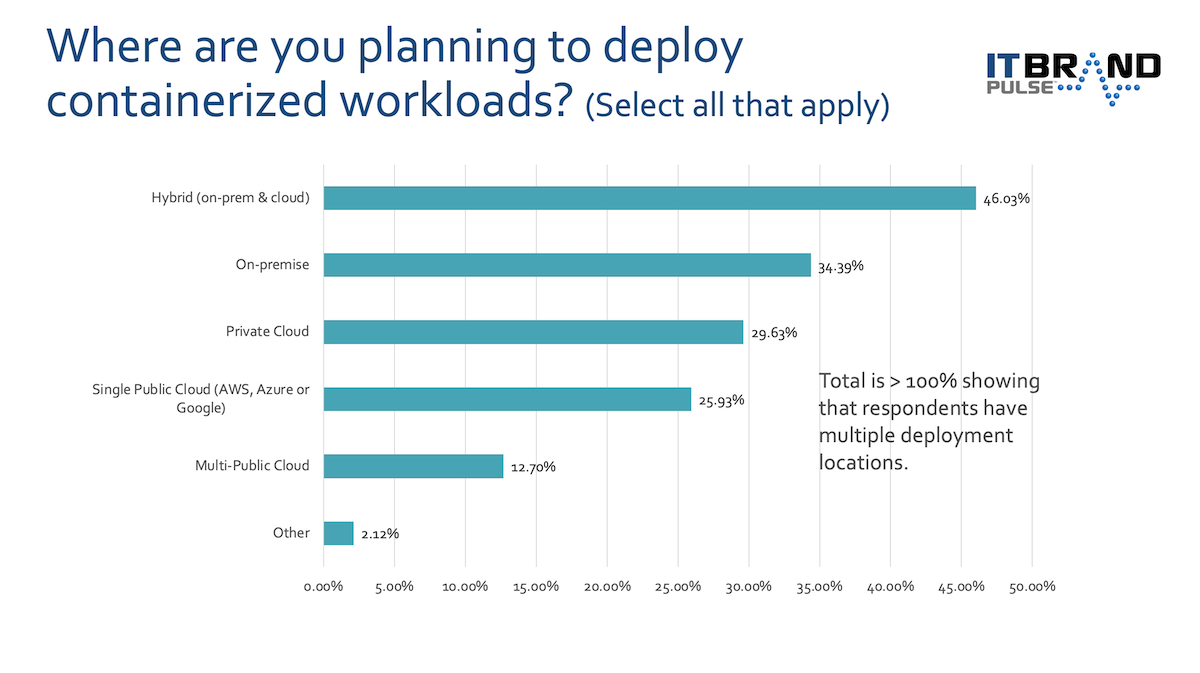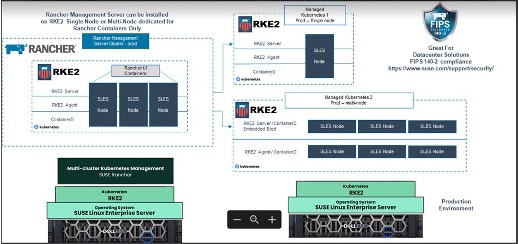Industry Brief: DevOps Carrying the Load Of Containerization
DevOps Carrying the Load of IT
The importance of DevOps teams has increased dramatically over the last two years. Many are now charged with spearheading their company’s digital transformation which the business is relying on to deliver more value to their customers and shareholders. It turns out, this important new role includes a long list of responsibilities:
- Accelerating app development to be more responsive to customers, management, and the board
- Enabling customer’s new digital experience, while also enabling a work-from-home, remote workforce
- Writing code that delivers end-to-end automation
- Creating portable containerized, cloud-native apps, built from microservices all managed by Kubernetes
- Deploying new cloud-native apps on-premises and in the cloud, or multi-clouds
- Building and deploying these container apps in continuous integration (CI)/ continuous delivery (CD) DevOps pipelines
All While Changing Planes In-Flight
All of these responsibilities must be carried out while businesses transition from an own-and- operate IT model to an as-a-service model. Unfortunately, in a hybrid and multi-cloud world, DevOps is once again tasked with spearheading the evaluation, architecting, deployment, and operation of multiple as-a-service offerings, all without disrupting applications in production.
The Zero Trust model poses yet another new set of DevOps challenges. A Zero Trust security model verifies and authorizes every connection, such as when a user connects to an application or software to a data set via an application programming interface (API). Popular Zero Trust deployment strategies involve this notion of “born secure” which embeds security into the DevOps cycle and gives responsibility for security to the DevOps teams. The new DevSecOps team is rising!
DevOps Challenges
Deploying IT as-a-service and Zero Trust are just a few examples of the high level of complexity involved in building a cloud operating model and digital transformation. The result is DevOps pros are in need of tools that can streamline the complexity and help them remain nimble, agile, and responsive to the business.
Containers Answer the Call
According to a recent IT Brand Pulse survey of 200 IT Pros, with over 75% self-identifying in the Ops area – IT, Dev and Networking, voiced that the majority of container deployments (46%) are occurring in a hybrid or public cloud environment.
What we found surprising is that 34% are deploying strictly on-premises. We suspect this segment of organizations are those that told us the #1 obstacle to migrating apps to the cloud and containerizing their apps was “expertise”. We believe IT Pros in many of thes organizations are learning on-prem as their organization looks to move to the cloud in the years ahead.


Removing Infrastructure Complexity
Getting Started – Removing Infrastructure Complexity
IT Pros revealed that a great percentage (34%) of cloud-native apps start their genesis on-premise, where they can “control” the environment, build-up and take-down the infrastructure rapidly, and respond quickly to user demand by starting-up multiple clusters on-the-fly. Here’s where the DevOps team gain the requisite experience to move apps to the cloud.
DevOps teams need to develop infrastructure solutions that remove complexity and can be the foundation for running modernized container apps and produce an intelligent, automated, on- premises infrastructure eliminating manual processes and accelerating their ability to quickly provision compute and storage resources. One such solution to remove road-blocks to successful deployments is SUSE Rancher and their support of Dell Technologies DevOps-ready platforms, which run container orchestration solutions. Dell’s partnerships with hyper-scalers and container orchestration platform vendors, such as SUSE, has enabled IT Pros to create and operate Kubernetes clusters on-premises and across multiple clouds.
DevOps-Ready Platforms
Dell Technologies VxRail is one of the DevOps-ready platforms offering a scalable hyperconverged infrastructure (HCI) system with automated lifecycle management that helps speed up the delivery of infrastructure resources to developers. DevOps-ready platforms let IT Pros run their Kubernetes orchestration on-premises or in the public cloud, as well as provide a great starting place to develop and deploy cloud-native apps.
With support for SUSE Rancher 2.6 on VxRail, Dell Technologies now provides full lifecycle management support for clusters in Microsoft AKS, Google GKE and Amazon EKS Anywhere, enabling customers freedom of choice to manage their cloud-native apps.
Together, VxRail and SUSE Rancher make it easy for businesses to standardize both IT and developer operations on-premises and in the public cloud.

SUSE Rancher is the K8s cluster management part of the SUSE portfolio and Rancher Kubernetes Engine (RKE2) is the Kubernetes runtime com- ponent. SUSE Rancher is the complete enterprise compu- ting platform to run Kuber- netes clusters on-premises, in the cloud or at the edge.
Managing Hosted Kubernetes Clusters
Each hosted cloud provider (Amazon EKS, Microsoft AKE and Google GKS) include standard console tools to support cluster lifecycle management (LCM). However, additional LCM features can be implemented, but are complex, require some extensive Kubernetes knowledge, along with configuration, and integration with multiple third-party tools.
Imagine that you have an active cluster or two on EKS, AKE or GKS and are struggling to manage the different consoles provided by the service. With SUSE Rancher 2.6 you simply import, or register these existing clusters and you can now start managing cluster upgrades, node pools and configuration all through the same SUSE Rancher API. SUSE Rancher’s common interface provides provisioning and management of your Kubernetes clusters, wherever they are. And, since SUSE Rancher provides real-time status of the clusters, any changes made to the cluster or their config. outside of SUSE Rancher are synced, giving your cluster admins a consistent operational view. Let’s compare all three cloud providers LCM features with SUSE Rancher 2.6.
| Lifecycle Management | Features Required | EKS/AKS/GKE with SUSE Rancher 2.6 |
EKS/AKS/GKE Only |
| Configuration & Provisioning | Enterprise Kubernetes Management | Consistent provisioning of any clusters via SUSE Rancher GUI and import | Standard Console: 3rd party tools |
| Manage | Infrastructure Management | Enhanced config. of underlying infra- structure | Standard Console: 3rd party tools |
| Visualize Kubernetes resources | SUSE Rancher cluster-level UX explores all Kubernetes resources | Kubectl: 3rd party tools | |
| Integrated Monitoring & Logging | Enhanced monitoring (Prometheus) Enhanced Logging (Fluentbit/Fluentd) | Manual install specific to each | |
| Simplified Service Mesh | SUSE Rancher supported Istio | Manual install specific to each | |
| Secure | Centralized tooling and visibility | Centralized RBAC policy, Centralized Auth, CIS Scanning, OPA Gatekeeper | Use Kubernetes native tools that are provider specific |
| Upgrades | Push-button Kubernetes upgrades | SUSE Rancher GUI/API upgrades of created and imported clusters | Standard Console: 3rd party tools |
| Apps | Easy access to CNCF tools and 3rd party apps | SUSE Rancher Certified packages, Custom Rancher Catalogs, Helm, Kubectl | Helm, Kubectl are provider specific |
The Bottom Line
As the role of DevOps continues to evolve it is crucial for IT Pros to understand their role in this new operating model. SUSE Rancher’s platform is widely deployed by a broad range of enterprises to run large- scale clusters across public and on-premises clouds. Along with DevOps-ready platforms from Dell Technologies, DevOps teams have some of the necessary tools to evolve to a cloud operating model, reduce levels of complexity in the infrastructure and maximize their impact on the organization.
Related Links
The Forrester Wave™: Multicloud Container Development Platforms (MCDP), Q3 2020 Infohub: DellTech – Running SUSE Rancher on VxRail
CIO Magazine: DevOps and Digital transformation IBM – Zero Trust
SUSE Rancher 2.6 – Full Lifecycle Management for clusters hosted on public clouds IT Brand Pulse
The Author
 Tim Dales, VP of Labs and an analyst for IT Brand Pulse, a trusted source of data and analysis about IT infrastructure, including servers, storage and networking. A former executive for networking vendor Solarflare, product marketing and sales for a CDP startup, MTI, Emulex and the largest EMC VAR in South California. Mr. Dales has over 30 years experience in the development, marketing and sales of IT infrastructures. If you have any questions or comments about this report, contact [email protected].
Tim Dales, VP of Labs and an analyst for IT Brand Pulse, a trusted source of data and analysis about IT infrastructure, including servers, storage and networking. A former executive for networking vendor Solarflare, product marketing and sales for a CDP startup, MTI, Emulex and the largest EMC VAR in South California. Mr. Dales has over 30 years experience in the development, marketing and sales of IT infrastructures. If you have any questions or comments about this report, contact [email protected].
